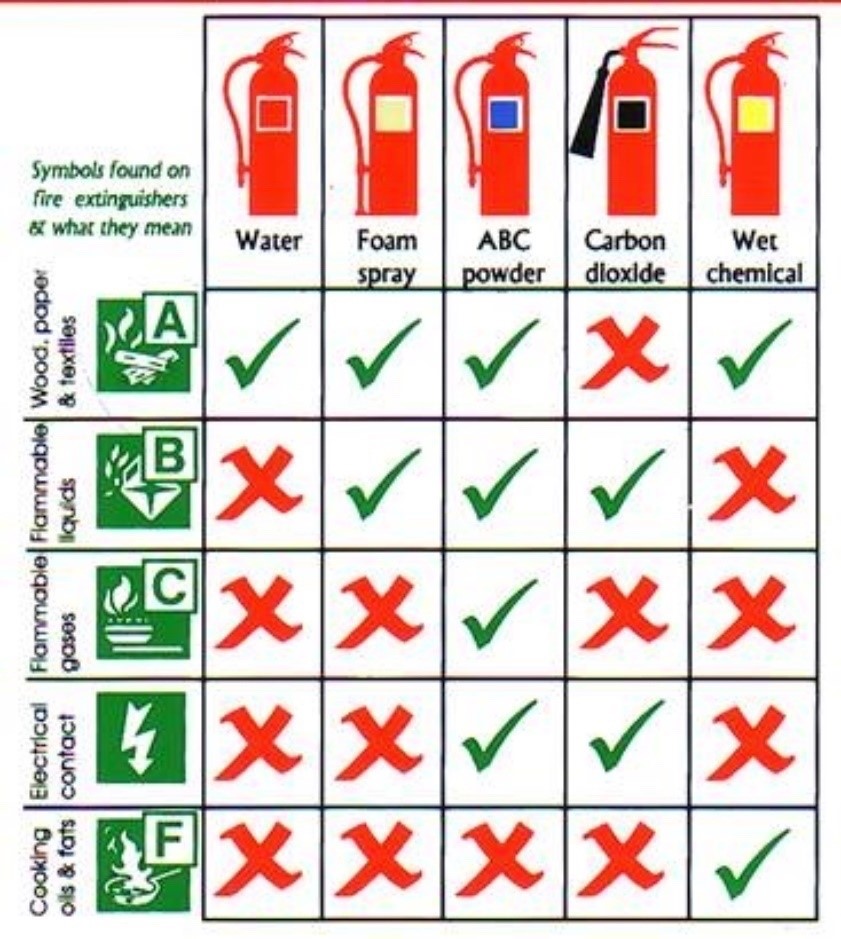How Can We Help?
Health and safety in the warehouse
In a warehouse there is the potential for serious incidents or accidents to occur.
Every effort should be made to reduce the risk of accidents:
Equipment:
- All equipment (e.g., trolleys, sack trucks and hand-operated pallet trucks) should be carefully and regularly maintained.
Specialised equipment must only be used by trained, authorised employees (some equipment may require load testing to ensure they are fit to use). - Access in areas where forklift trucks are used should be restricted to prevent people being hit during loading and unloading activities.
Storage:
- Racking and shelving should be regularly checked.
- Shelving with collapsing stacks should be immediately restacked.
- Shelving and racking should be firmly secured to the floor or to the building – if this is not possible, keep racking to only two levels.
Facilities:
- Toilet facilities and welfare areas should be provided, so that breaks can be taken away from the main warehouse.
Personal safety:
- Staff must be issued with protective clothing where required (based on an assessment of risk) – specifically, boots and gloves for handling heavy and bulky goods.
These must be kept clean and regularly inspected to ensure they are fit for purpose and replaced when they are not.
A record of PPE equipment must be kept on site. - Ensure all staff are aware of hazards and are fully trained in safe working techniques, including manual handling techniques.
- First aid kits should be available and regularly checked, and one or more permanent warehouse staff should be trained in basic first aid.
Hazards:
- All hazardous materials like oils, lubricants and fuels should be assessed so the correct action can be taken if staff are exposed to a spillage.
All materials will have a safety data sheet which provides this detail and is available from the manufacturer. Safety data sheet are supplied for all the materials in storage. - Immediately clean up spilt goods, especially oils, lubricants and fuels, as this will reduce the risk of slips and falls, as well as the risk of fire.
- Expired goods and food items no longer fit for human consumption must be correctly disposed of immediately.
Check with local health authorities to determine whether they can be used as animal feed or for the appropriate disposal method: incineration or burial. - Smoking is prohibited in the warehouse and adjoining compound.
- Cooking and open fires should be restricted to designated areas in the compound – never inside the warehouse.
- Damaged pallets should either be repaired or discarded.
Guidelines for the manual handling of heavy loads
- Assess the weight of the item and ask for help if it is too heavy for you to lift safely.
- Clear a path and know where you are going.
- Lift with your legs and knees.
- Hold the object close to your body with your feet a shoulder-width apart.
- Keep your eyes up and your back straight. Avoid twisting, as this places extra strain on the back.
When undertaking a site risk assessment, contact the local health and safety focal point. This will usually be the in multilateral operations, but it can also be coordinated by the or the . For warehouses in the UK, the focal contact person is the Health and Safety adviser, who must inspect all buildings used and rented by the British Red Cross.
Fire safety in the warehouse
Warehouse staff must be trained as fire wardens – see the Safety training pathway section below.
For UK warehouse-staff, contact the health and safety team to receive fire warden training (a three-hour, face-to-face course).
Find detailed information on fire safety in the warehouse here.

Different types of fire extinguishers can be identified by a coloured band:
- red for water
- cream for foam
- blue for dry powder
- black for carbon dioxide.
Wet chemical extinguishers are not widely used in the Movement – fire blankets are available for cooking areas.
Examples of useful fire signage:

Available to download here.
Managing dangerous goods
See the Storing dangerous goods section of Managing a warehouse for details on handling dangerous goods.
There are different regulations in place for different modes of transport and in every country.
Ultimately, for all modes of transport – sea, air, rail, road and inland waterways – the United Nations Committee of Experts on the Transport of Dangerous Goods and other organisations, which includes the International Air Transport Association, have assigned dangerous or hazardous substances one of nine classes, in order to help make the transportation of dangerous goods as safe as possible.
Note that the number of the class of dangerous goods does not indicate the degree of danger.

Dangerous goods require specific documentation and handling methods: packing, moving and transporting them is highly regulated and should be overseen by a third-party service provider.
Safety training pathway
The British Red Cross employs a full-time health and safety advisor to facilitate a variety of training, most of which is bespoke. Below is a list of the most common training delivered, most of which can be delivered remotely. The health and safety team are working on collating a standard catalogue of the available training; in the meantime, feel free to contact them directly.
The below training courses address safety from an occupational safety perspective and not from a personal security perspective, which is addressed in the courses developed and managed by the security team based in . The below falls under the delegate refresher requirement and must be refreshed every two years.
| Content | Target audience | |
|---|---|---|
| Driver safety training | Vehicle, traffic and driver safety awareness training | All drivers of RC vehicles |
| General safety awareness training | Occupational health and safety (basics) | All staff with roles that involve manual handling of goods |
| Risk assessment and management training | How to identify, mitigate and report risks | All managers of staff working in environments where manual handling takes place |
| Hazardous substances training | How to identify and manage hazardous substances | All staff with roles that involve the manual handling of potentially hazardous goods |
| Warehouse safety management training | Racking, shelving and handling goods | All warehouse staff |
| Environmental protection training | Managing the risks of warehouse activities on the environment | All warehouse staff |
Available to download here.
Read the next chapter on Transport here.
Related resources
Download useful tools and templates

